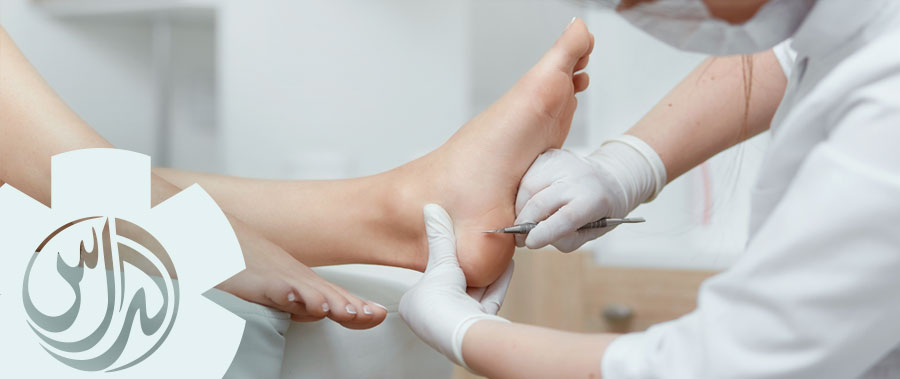The benefit of debridement
By Dr. Sergio Mazzei, General Surgeon

Debridement is the medical removal of dead, damaged, or infected tissue to improve the healing potential of the remaining healthy tissue. The scope is to remove the damaged and dead tissue to remove the death tissue and bacteria from the wound, minimising infection risk and encouraging healthy granulation tissue to form, which aids healing.
- Skin lesion excision
- Delay a wound’s normal healing process.
- Mimic or hide infection;
- Attract bacteria to the wound, increasing the risk of infection;
- Increase odour and exudate.
Debridement is recognized as a major component of wound management to prepare the wound bed for reepithelialization. Debridement facilitates several processes that are essential for wound healing. This “biological burden” is removed to control bacterial colonization, prevent wound infection and to allow the practitioner to properly visualize and assess the full extent of the wound and involved structures, so as to guide further treatment, optimize wound dressings and set the stage for more advanced treatments.
When debridement is performed on appropriate patients in a timely fashion, wound healing can proceed much more rapidly, leading to better outcomes, higher patient satisfaction, and lower overall wound care supply costs. When performed by appropriately trained providers, debridement can be effective and efficient, while imposing little overhead on facility operations, or additional burdens to caregivers.
In general, the indication for debridement is the removal of devitalized tissue such as necrotic tissue, slough, bioburden, biofilm, and apoptotic cells.
Devitalized and necrotic tissue, in particular, serve as the source of nutrients for bacteria and act as a physical barrier for reepithelialization, preventing applied topical compounds to make direct contact with the wound bed to provide their beneficial properties. Necrotic tissue also prevents angiogenesis, granulation tissue formation, epidermal resurfacing, and normal extracellular matrix (ECM) formation.
Finally, the presence of necrotic tissue may prevent the clinician from making an accurate assessment of the extent and severity of the wound, even masking possible underlying infections.
Debridement is essential to promote healing and prevent infection.
- biological
- enzymatic
- autolytic
- mechanical
- surgical
In recent years, new types of debridement technology have been introduced, such as fluid jet technology, ultrasound debridement therapy, hydrosurgery, and monofilament polyester fiber pad debridement.
Combining debridement methods has been found to be an advantage in managing complex wounds and different pathological tissues. Combining debridement methods in this way can ensure that you are removing as much dead tissue from the wound as possible and helping to promote wound healing.
Debridement continues to be a standard of care, utilizing surgical or non-surgical methods. Removing non-viable or devitalized tissue encourages granulation and epithelialization. By combining debridement methods, using advanced wound care products, and keeping our patients involved in the plan of care, we have a better chance of tackling chronic wounds with a higher success rate.
Book a visit 04 452 9998 or by filling the online form